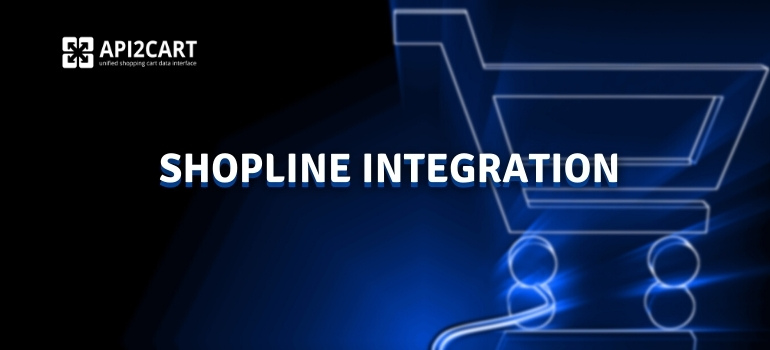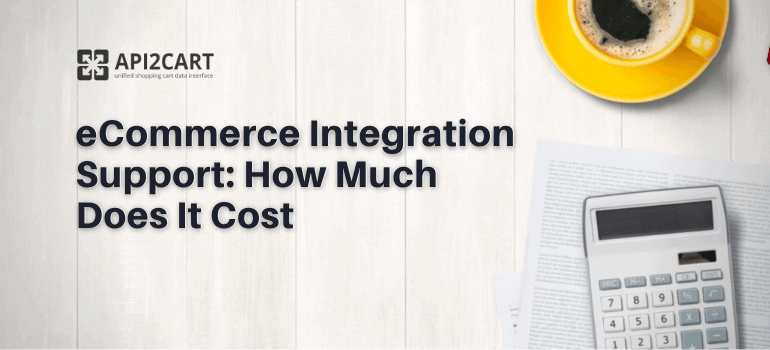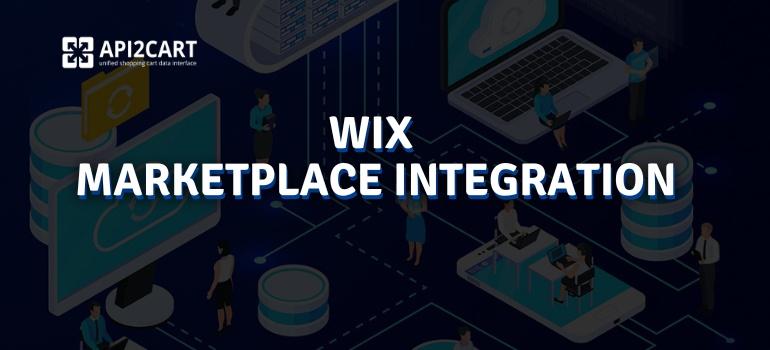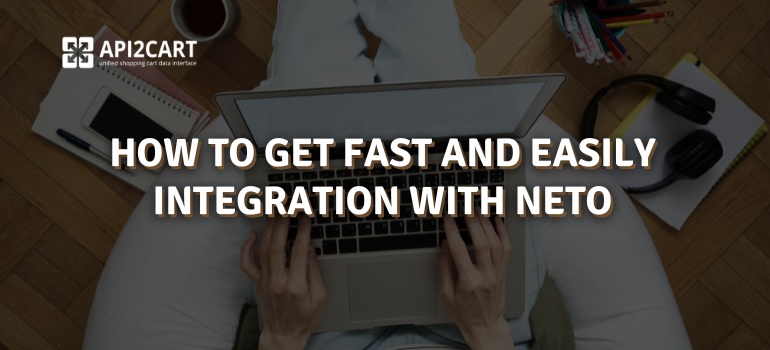
For B2B Software makers seeking to expand their applications and enter new markets, reliable eCommerce data integration is of the essence. This integration allows their software to read offline store data, such as products, orders, and customers. Shopline is a trusted global eCommerce platform serving 30,000 online merchants. Shopline integration expands your pool of potential customers by 30,00$, rounds out your modularity, and provides a richer set of functions.
Today, we will introduce a very powerful feature and explain how our integration works. Secondly, we will introduce how to use the API to integrate Shopline with your software or app.
Shopline Integration
Integration with Shopline enables developers to modify and expand the features of their eCommerce software. Businesses can differentiate themselves from one another, as well as produce unique customer experiences. The development team is able to create solutions that specifically meet business needs.
Shopline's API makes integration with all kinds of platforms and services easy. Developers can plug the platform in with payment gateways, logistics companies, marketing tools, and CRM systems.
Most Shopline API endpoints take requests in JSON format and return a response packed as JSON data. With JSON templates, you can control the appearance of different pages in applications using sections. Source data can be sent to the API using JSON, as well as retrieved from it. Apart from creating orders, updating product information, and looking up customer details are just a few common examples of each operation that developers will perform when they use this interface.
With Shopline's API, developers can create scalable systems tailored to growing business needs. So, as companies grow and attract more users, the API helps software developers to seamlessly scale their applications without an interruption in service.
Developers can create highly scalable applications with Shopline 's application programming interface that will meet expanding business needs. However, as businesses grow larger and draw more users in, the API provides a way for developers to smoothly expand their applications without traffic congestion or loss of transaction volume.
The Shopline RESTful API allows developers to build apps and integrations that talk with a variety of different parts of the store (products, orders, customers, inventory, etc). These API endpoints allow developers to perform actions such as retrieving product information, creating and updating orders, and managing customer data in the Shopline ecosystem.
Apart from the RESTful API, Shopline may also provide Software Development Kits (SDKs) for developers to make it easier to integrate their systems. SDKs usually include pre-built libraries, functions, and tools for developers to access the API faster and more easily. SDKs simplify development by providing a friendlier user interface, abstracting away the low-level implementation details.
My knowledge here was last updated a long time ago, so the RESTful API and SDKs may have evolved or changed in availability and specifications. For full, accurate information about the API and SDKs for developers interested in integrating their services with Shopline, please see the official documentation or contact customer support.
How Does Shopline Integration Work?
Third-Party Developers Shopline has no choice but to rely on third-party developers to create applications that enhance its platform's features and provide merchants with an even more complete DTC solution. With this functionality, these developers can develop apps that use data from Shopline stores or interact with other providers.
The platform offers many policies, tools, and processes to help developers get onto the platform quickly; also, connected with more merchants, there are win-win ways of cooperation among merchants as well as between mer.
Shopline integration development is the connecting of any software application to their platform. By linking your software to Shopline, you enable greater capabilities for the product and offer additional benefits to clients using Shopline in their online stores.
In order to begin integration with Shopline, software developers must first create a developer account on the Shopline platform. This registration process provides them with credentials and access rights to use the Shopline API.
Before querying the API, developers must authenticate themselves using the provided credentials. So, only authorized applications will be able to access data of the Shopline store and perform actions on behalf of its owner.
With appropriate authentication, developers can send API requests to the designated endpoints. For instance, they can use the API to pull back data on products, create or edit product listings, and process orders and payments.
Nonetheless, this integration requires a very deep understanding of the Shopline API. It can reach shop settings, collections, and customers, as well as the store's orders and other objects.
Fortunately, there is a solution that can easily link your B2B software with Shopline. This is API2Cart, a unified shopping platform integration interface. Many API methods are provided for manipulating data.
Through integration with Shopline and over 40 other platforms, you can increase your market reach. Through this integration, you can cooperate with retailers around the world. Additionally, you no longer have to worry about keeping the integration intact; that's taken care of by Shopline API integration via API2Cart.
Among other things, API2Cart provides more than 100 methods for controlling data from online stores concerning product information, orders, and shipments.
These methods allow you to get a list of orders, products, and customers from Shopline storefronts, update order information, or create shipments.
How to Get Started Integration with Shopline
Those API methods include importing product data from e-stores, systemically updating orders as well as inventories in different sales channels, and creating or amending lastings.
In order to integrate with Shopline, you must first sign up for a free month's trial account. After you have signed up, You can add an unlimited number of your clients' stores and work with them productively.
Software providers working in order and inventory management, shipping, pricing, or many other spheres who wish to connect with multiple shopping platforms or marketplaces simultaneously would do well to use API2Cart.
You can establish a smooth link between your software and API2Cart during the 30-day free trial period. Subsequently, you can select from a range of pricing schemes according to your company's needs.
By connecting with API2Cart, you'll immediately have your hands on all the data from different shopping platforms. In addition, we provide complete API Docs, SDK, and 24-hour customer support.



